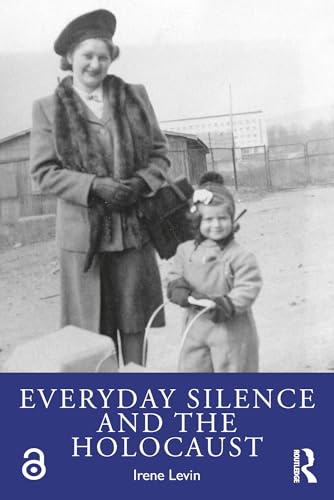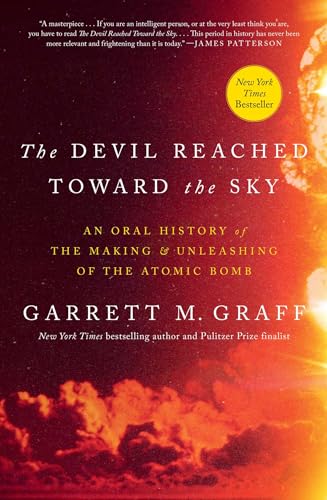
Biographical Dictionary of World War II
by Mark Mayo Boatner
Popularity
3.31 / 5
* A book's popularity is determined by how it compares to all other books on this website.
Where to buy?
Buy from Amazon* If you buy this book through the link above, we may receive a small commission at no extra cost to you.
Biographical Dictionary of World War II by Mark Mayo Boatner
Details
War:
World War II
Perspective:
Researcher
True Story:
Yes
Biography:
No
Page Count:
758
Published Date:
1996
ISBN13:
9780891415480
Description
Brief Summary
The Biographical Dictionary of World War II by Mark Mayo Boatner is a comprehensive reference work that provides biographical sketches of 1,000 figures involved in the decision-making processes during World War II. The dictionary includes individuals from the Allied, Axis, and non-aligned nations, presenting an extensive array of personalities who influenced the course of the war. The profiles are presented in an alphabetical format, showcasing individuals such as Abdul Illah ib Ali and Solly Zuckerman, reflecting the wide range of nationalities and roles featured in this work. Additionally, the book offers a glossary of military terms to aid readers in navigating the complex terminology associated with World War II.
Main Themes and Topics
The central theme of the Biographical Dictionary of World War II revolves around providing detailed accounts of various influential figures during the war, emphasizing their contributions and decisions. The book highlights the complexity of World War II by covering not only the well-known leaders and military figures but also the lesser-known personalities who played pivotal roles behind the scenes. This encyclopedic collection captures the diversity and intricacies of wartime leadership and decision-making processes across different cultures and political spectrums.
Writing Style and Tone
Mark Mayo Boatner's writing style in the Biographical Dictionary of World War II is factual and straightforward, appropriate for a reference work of this nature. The tone is scholarly yet accessible, making it a valuable resource for both historians and general readers interested in the individuals who shaped the events of World War II. The entries are concise, providing essential information without overwhelming detail, which allows for quick reference and easy reading.
Criticism
While the Biographical Dictionary of World War II offers an extensive range of profiles, some readers may find that the biographical sketches vary in depth and detail. The focus on 1,000 figures means that individual profiles are necessarily brief, which might leave some readers seeking more comprehensive information about specific personalities. Additionally, readers might notice an uneven representation of figures from different countries or backgrounds, which could affect the overall balance of perspectives presented in the book.









